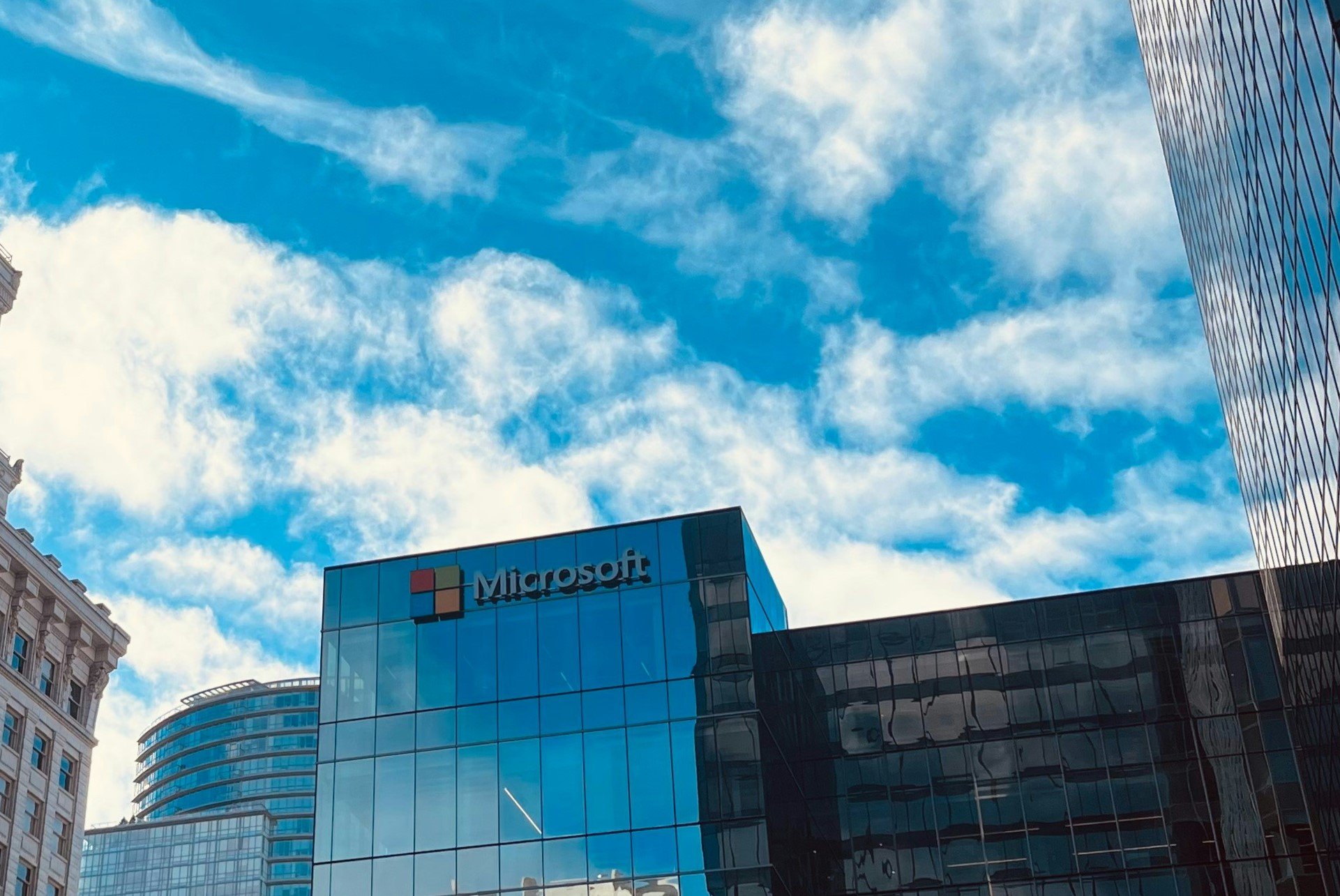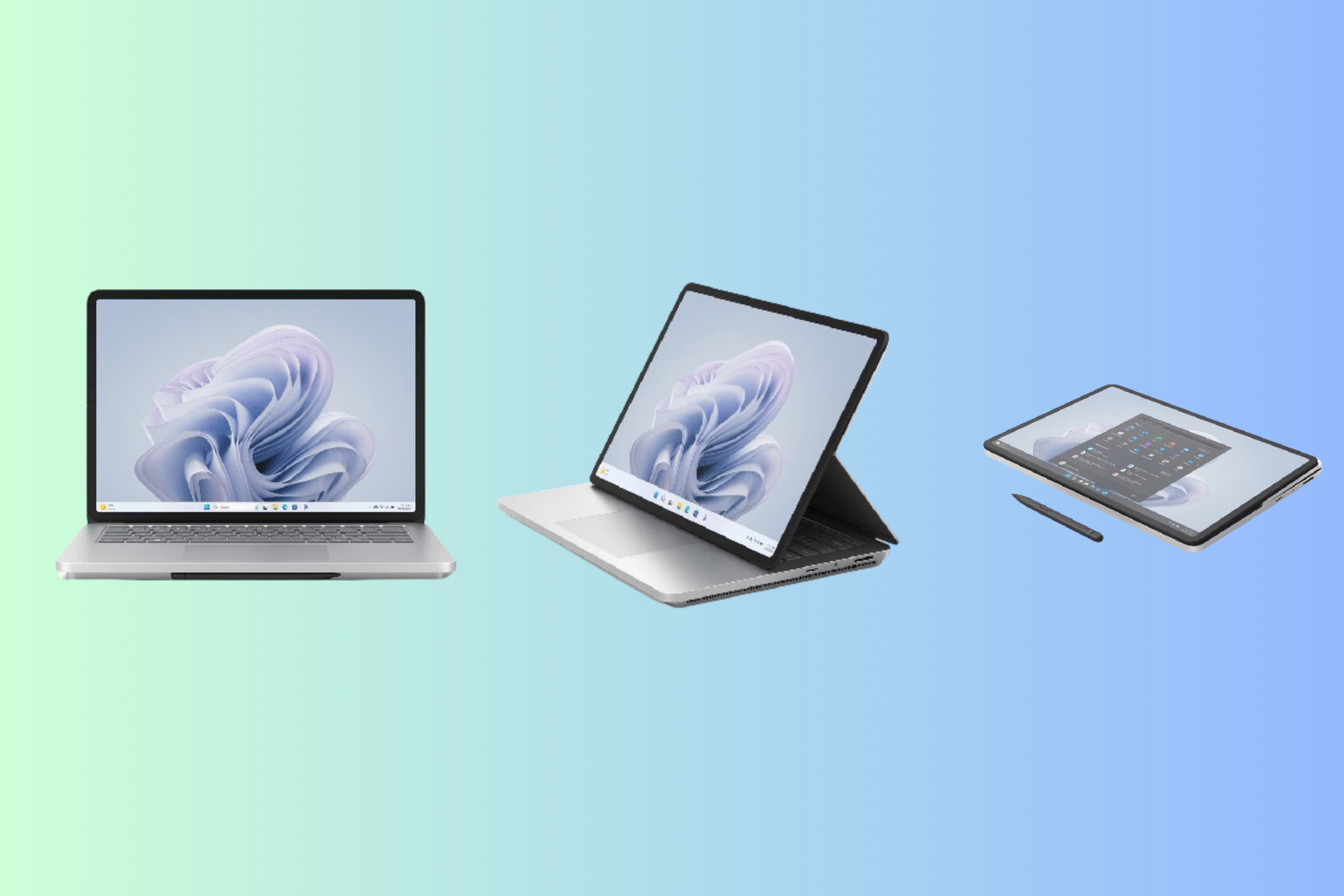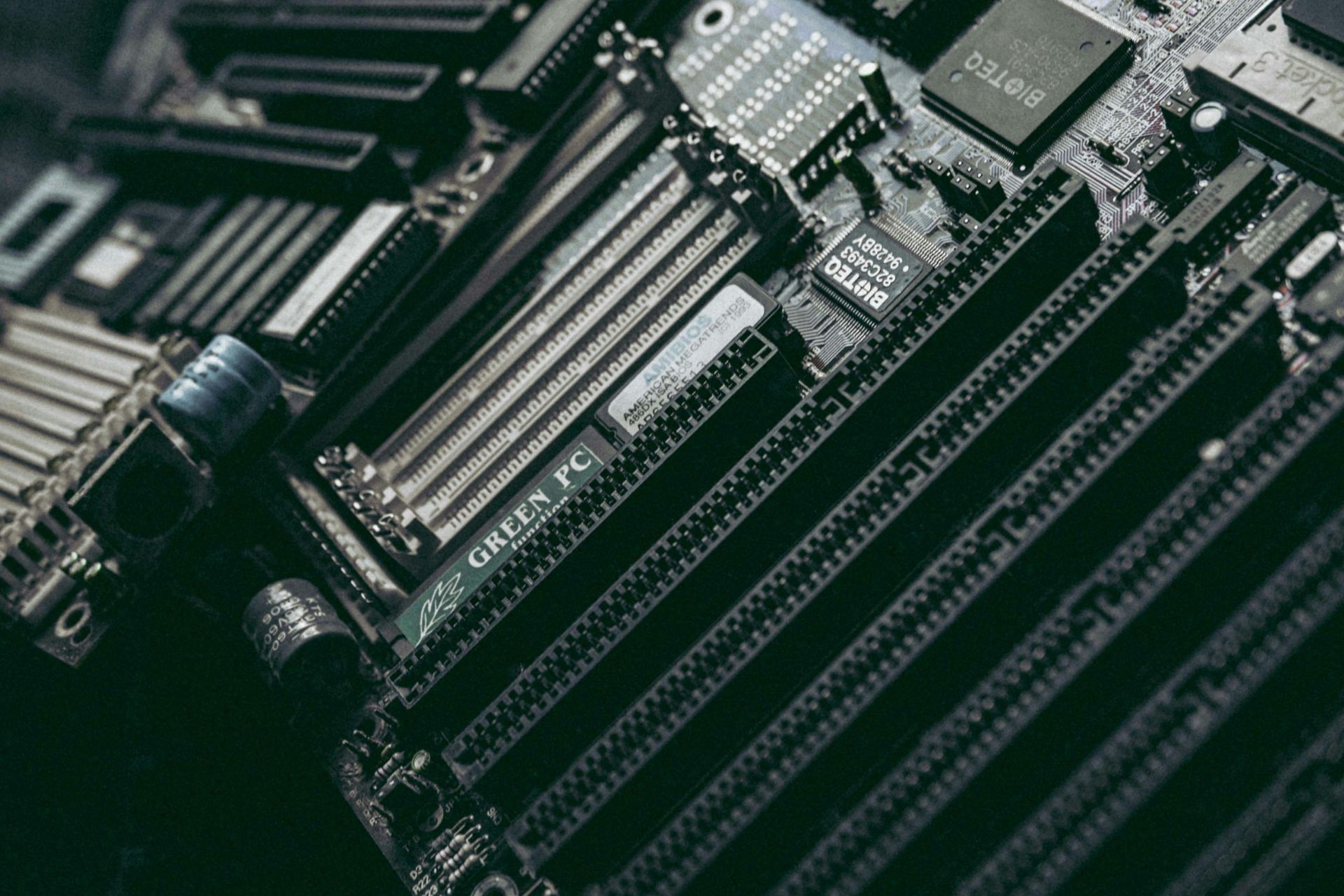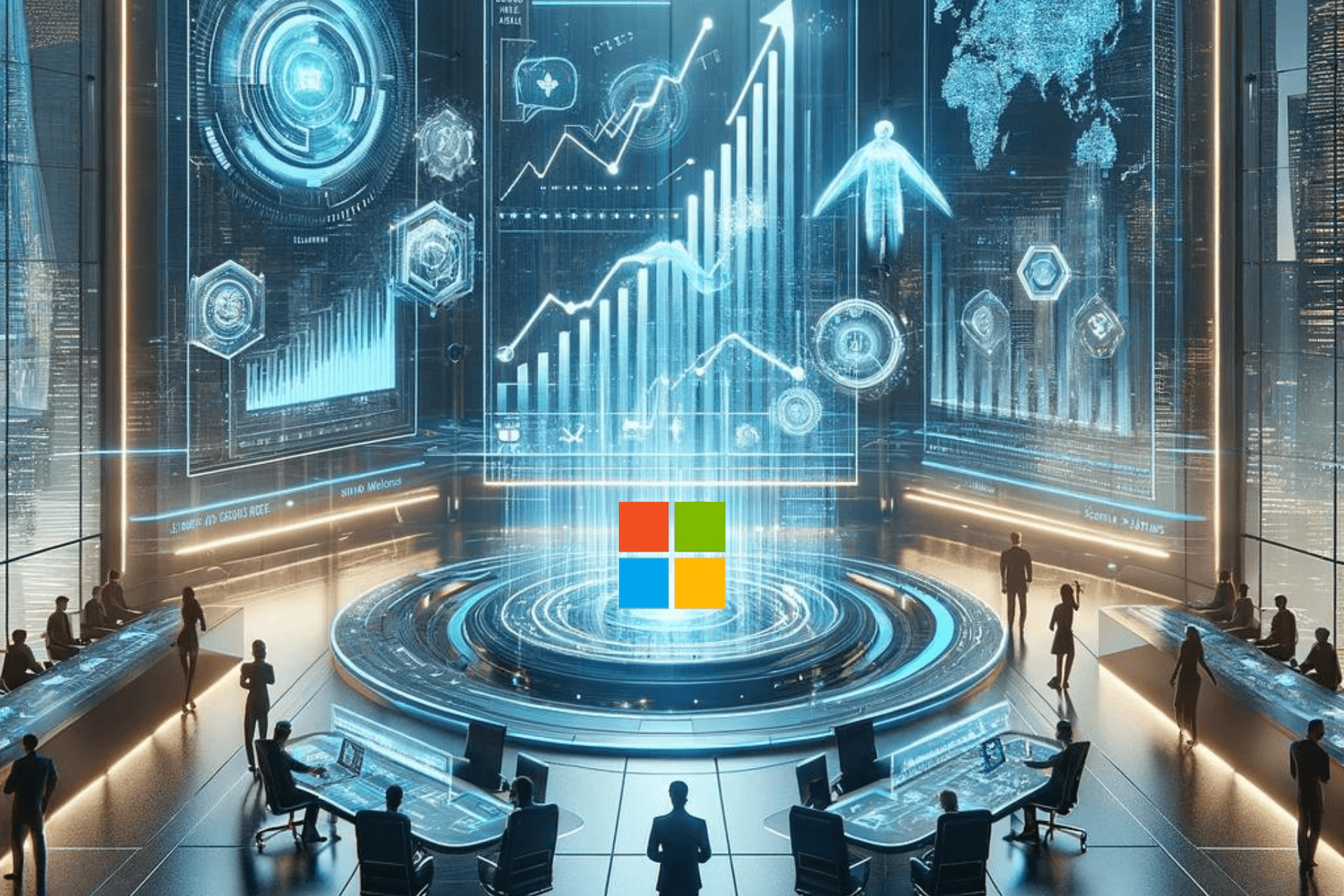Microsoft devices could support Ultrafast wireless charging in the future
2 min. read
Published on
Read our disclosure page to find out how can you help Windows Report sustain the editorial team Read more

Microsoft may be developing a new wireless charging system called “Ultrafast’” for its devices, if a newly discovered patent gets approved for mass production.
This wireless charging system using a different approach by which it relies on a smart battery with multiple modules is called Smart Battery for Ultrafast Charging.
To manage the power supply, all modules would work in unison and be connected to an integrated controller thereby providing faster charging times even without the use of a cable.
This Smart Battery for ultrafast charging can be used on any device, beginning with surface devices all the way to activity trackers. However, activity trackers cannot be found on the portfolio of Microsoft at the moment.
Ultrafast still at patent stage
This technology could also be compatible with Windows phones, although this new approach is presently in the patent stage. However, if Microsoft continues to work on this new battery charging technology, this means that devices will be able to wireless charge the battery at a much faster rate.
Right now there is no guarantee that this new technology would make it to the market. It is still in its patent stage. However, this rightly shows that Microsoft has the knowledge on how to build competitive advanced devices and adjacent technologies.
For now, the Surface lineup may benefit from this technology if it goes into production, though it might be useful to other devices by different manufacturers.
RELATED STORIES TO CHECK OUT:








